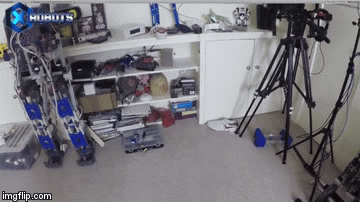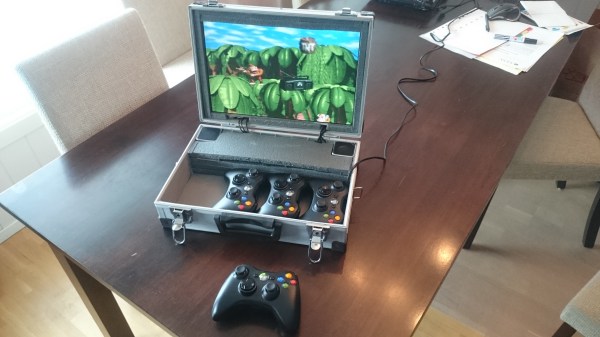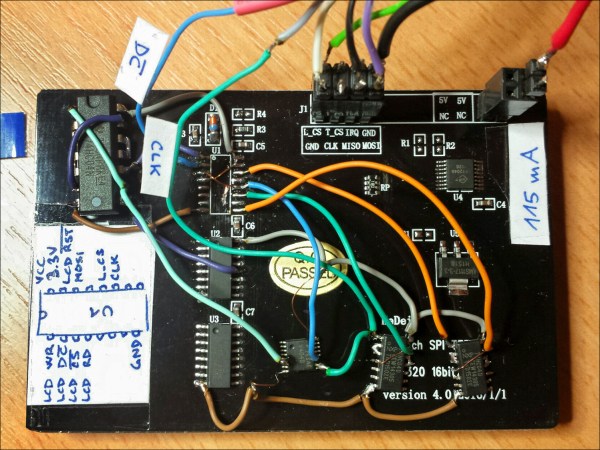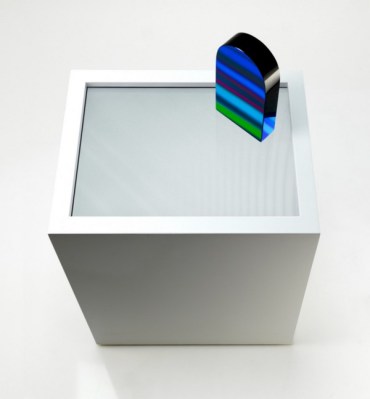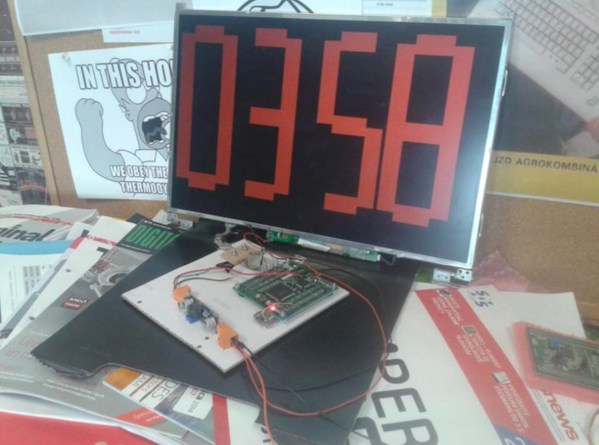When working collaboratively, it is handy to be able to see someone’s screen. For the GUI, there are plenty of options. There are a few ways to share a terminal screen (such as screen, tmux, and tmate). Now there’s a new terminal sharing program based on the Go language from developer [spolu] called Warp.
Unlike some other solutions, Warp is simple, focuses only on sharing a shell session, and does not require ssh or a central server (sort of). Despite not using ssh, the connection between machines is secure. However, if you are really worried about security, note that the session name (which is not published) is all anyone needs to connect. Probably should make it hard to guess.


